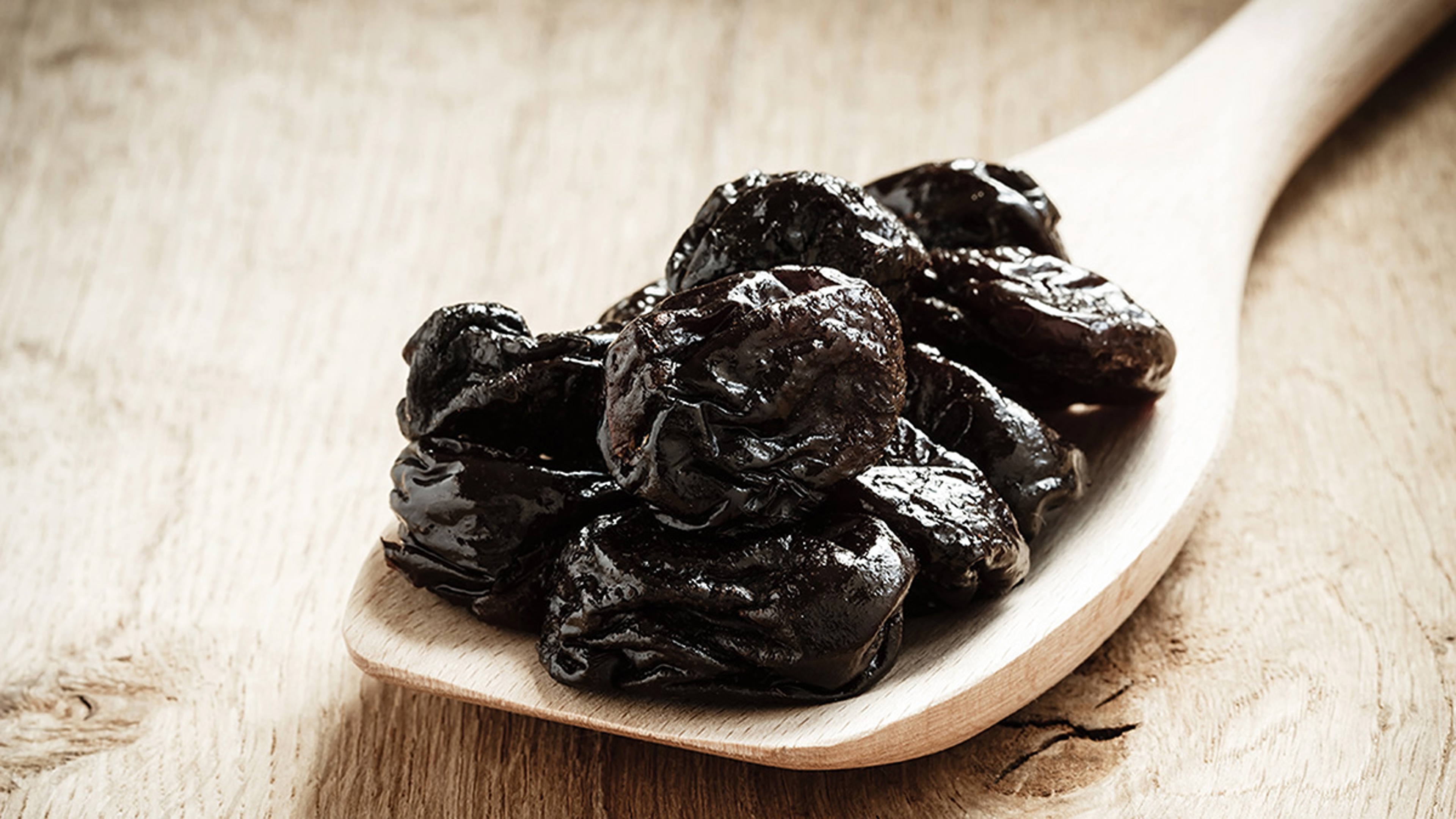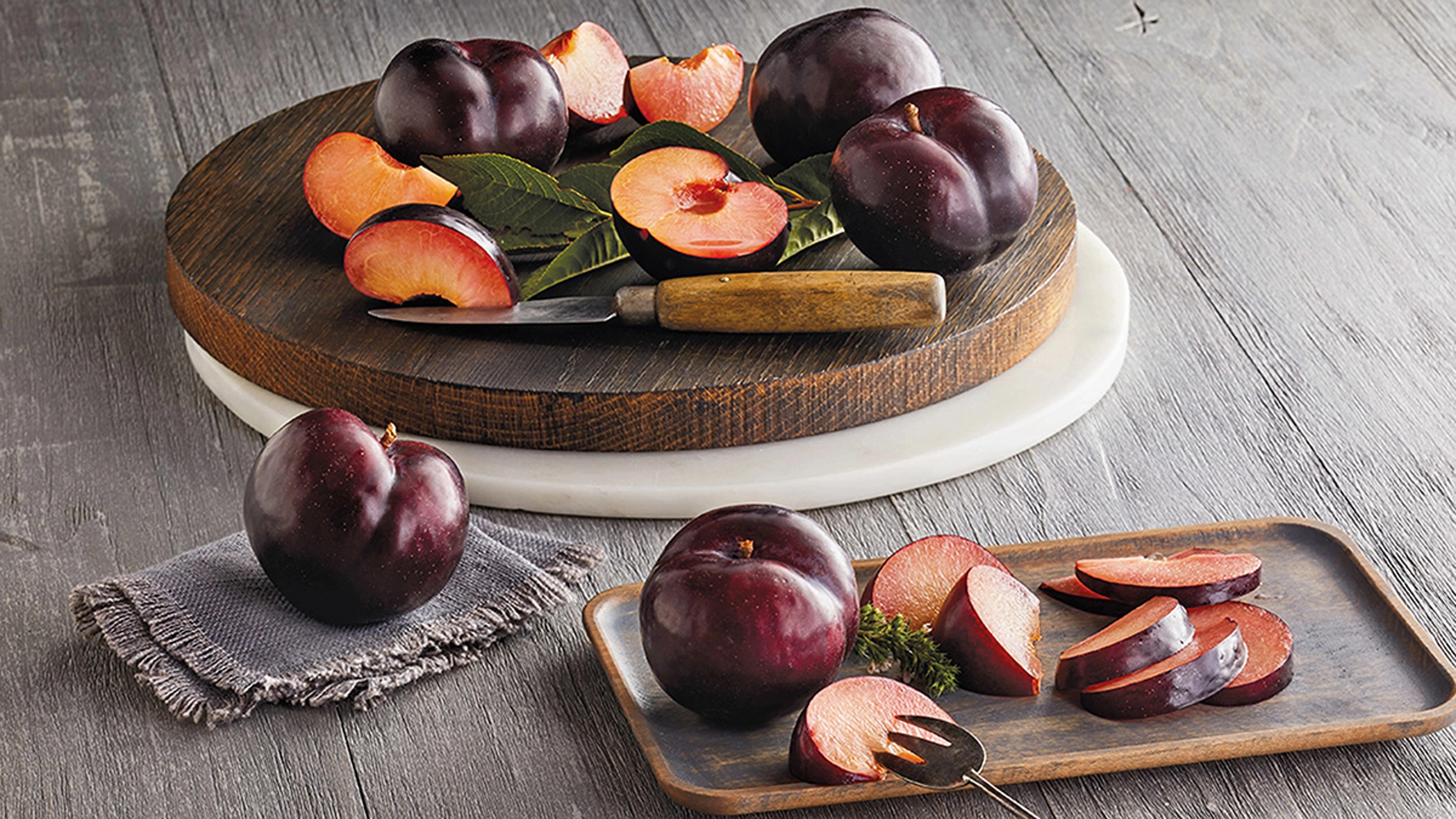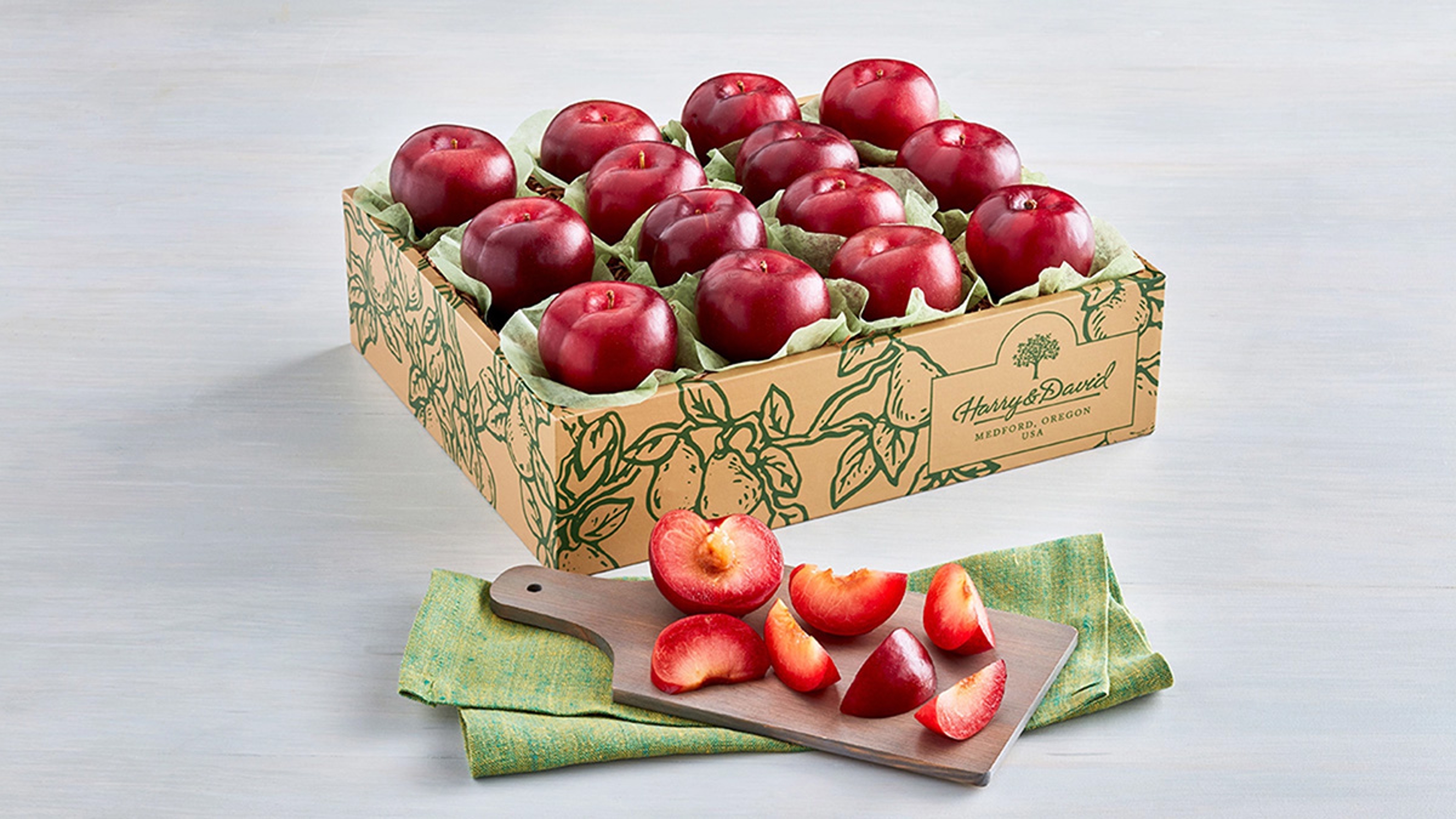10 Things You Didn't Know About Plums
Plums came to California thanks to the Gold Rush. Today they mostly come from Serbia.
Aug 07, 2025
1. Most plums fall into one of two categories
Although dozens of different types of plums are grown around the globe, most are classified as either European or Asian, says Larry Davis, a master gardener in Washington State. “European plums are harder and grow better in cool climates, blossom later in the season [mid- to late summer through October], and have firmer flesh. Indeed, European plums are usually firm enough to be dried, whereas Asian plums are not. Asian plums are often larger and have an earlier blossoming period [May through midsummer]. They also tend to ripen earlier in the season than European plums."
2. They're the gold standard of fruit
“During the Gold Rush, a Frenchman named Louis Pellier came to California, but he didn't find much gold, so he decided to try growing plums instead," says Kiaran Locy, director of brand and industry communications for the California Prune Board. "The plum trees grew so well in California that others soon caught on, and orchards began popping up all over the state. Originally the Santa Clara Valley (what we know today as the Silicon Valley) was known by a different name — the 'Valley of Heart's Delight.' It was famous for its orchards and flowers, with plums and prunes as the major export."
3. Plums come in a rainbow of colors
People typically think of plums as being only purple — the deep shade known as "plum" was named after the fruit — but Davis says they also come in yellow (the Yellow Pershore or Yellow Egg), green (the Green Gage), blue (the Stanley), red (the Methley), and even black (the Black Beauty).
4. Farmers have tried some unusual techniques to harvest plums
“The turn of the century brought rapid ups and downs in the plum industry," says Locy. In Santa Clara valley in 1905, one farmer, Martin B. Seely, "tried to remedy a labor shortage by using 500 monkeys for cheap labor. The monkeys were surprisingly reliable at picking the fruit — but they ate the crop."
5. The plum–prune puzzle
Prunes were famously rebranded by the California Dried Plum Board as “dried plums" in 2001, when they became a popular snack. But whatever you call the dried version of the fruit, there's one important thing to know: “Not all plums can be prunes — but all prunes are plums!" Locy says. Confused? What she means is that only certain varieties of plums have the right characteristics to be dehydrated and sold in dry form.

One such variety is the Improved French variety of plums. "This variety is derived from the Petite d'Agen plum, a native of Southwest France, which was brought to California and grafted with American rootstock to create what we eat today. The natural sugar content of the California variety allows it to be dried without fermentation occurring around the pit."
6. New school vs. old school
Modern-day prunes are dried for around 18 hours in a large device similar to a convection oven. But when people started drying plums hundreds of years ago in Asia, it was much simpler — the fruit was simply left out in the sun. Obviously without sunscreen.
7. Plums are good for the eyes, the digestive system, and immunity
Plums and prunes are low calorie, low sugar, and packed with nutrients. The average plum has just 30 calories — among the lowest calorie counts of all fruit. Plums are also a good source of vitamin A, which is essential for good eyesight and heart health, and vitamin C, which helps the immune system work properly. Plums also contain nearly one gram of fiber per fruit, which helps to fill you up during meals so you eat less. Fiber is also vital for a healthy digestive system.

8. They can be prepared in countless ways
There are an amazing variety of ways you can use a plum in the kitchen.
“The creamy texture of cheeses, salty crunch of nuts and crackers, and briny notes of olives all pair incredibly well with plums for umami flavors," says Locy. “The natural sweetness of plums is a great addition to pork or duck, and they're a classic addition to dishes like Chicken Marbella. On the sweet side, plums work well in spiced cakes and in chocolate batters."
9. Pour yourself a glass
Serbia is the world's top exporter of plums and has made them its national fruit. Plums are also the main ingredient in a spirit called slivovitz — derived from Slavic for plum — which is the country's national drink. This natural brandy gets its golden color from sitting in oak barrels for up to three years, which also gives it a smooth taste.
10. Plums can even be pickled
In Japan, a variety of plum called ume is often preserved in a salty brine, creating a sometimes sweet, sometimes sour condiment called umeboshi, which is typically served on top of rice.
One type of umeboshi has also earned the distinction of being called one of the world's most expensive and extravagant foods. Based on a Japanese legend, some companies produce a special type of umeboshi that is only manufactured once every 12 years — during the year of the monkey. Sold in a four-pound ceramic pot filled with over 20 ume and shavings of gold leaf, this umeboshi retails for ¥100,000, or more than $800.
.svg?q=70&width=384&auto=webp)







